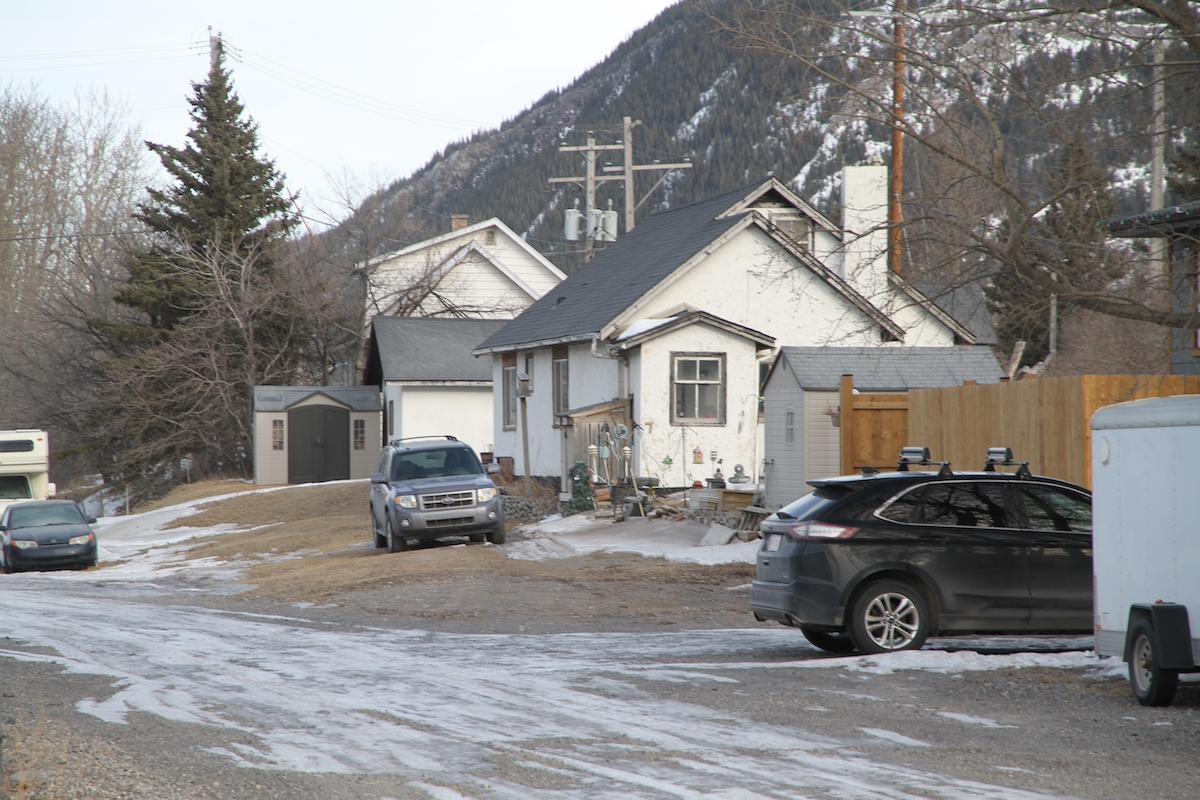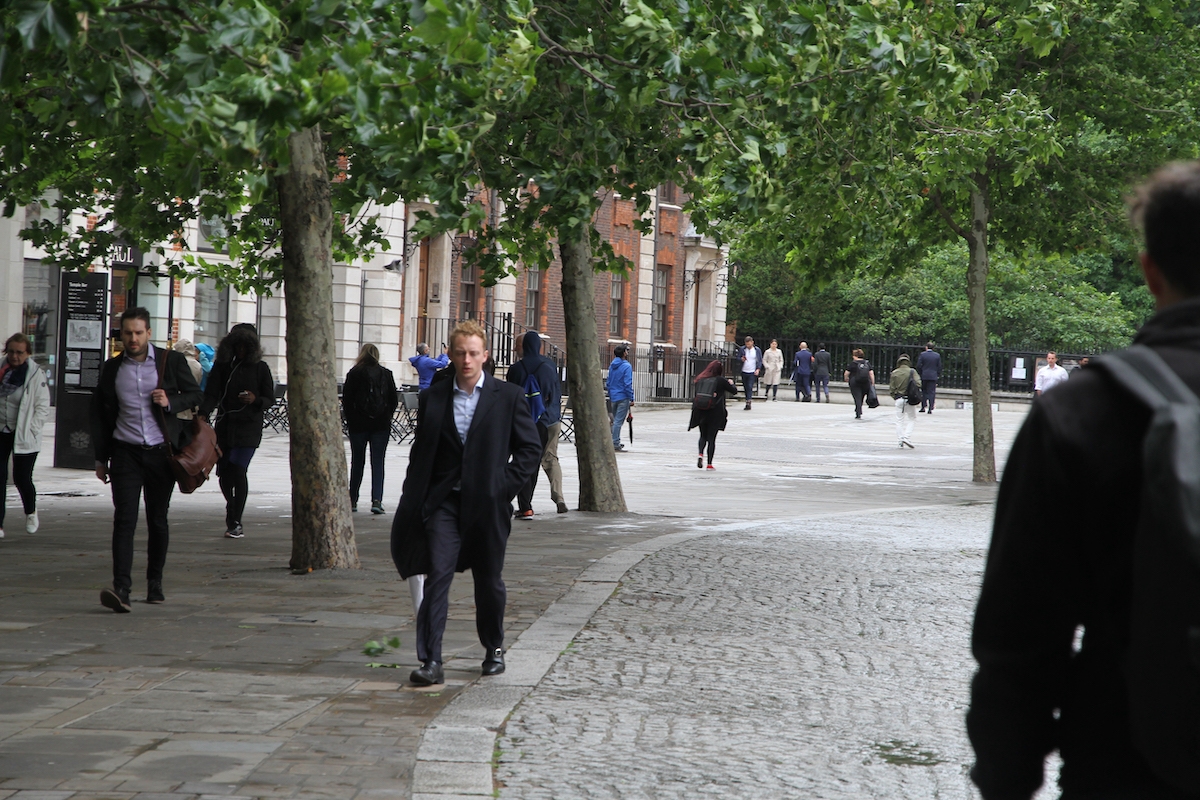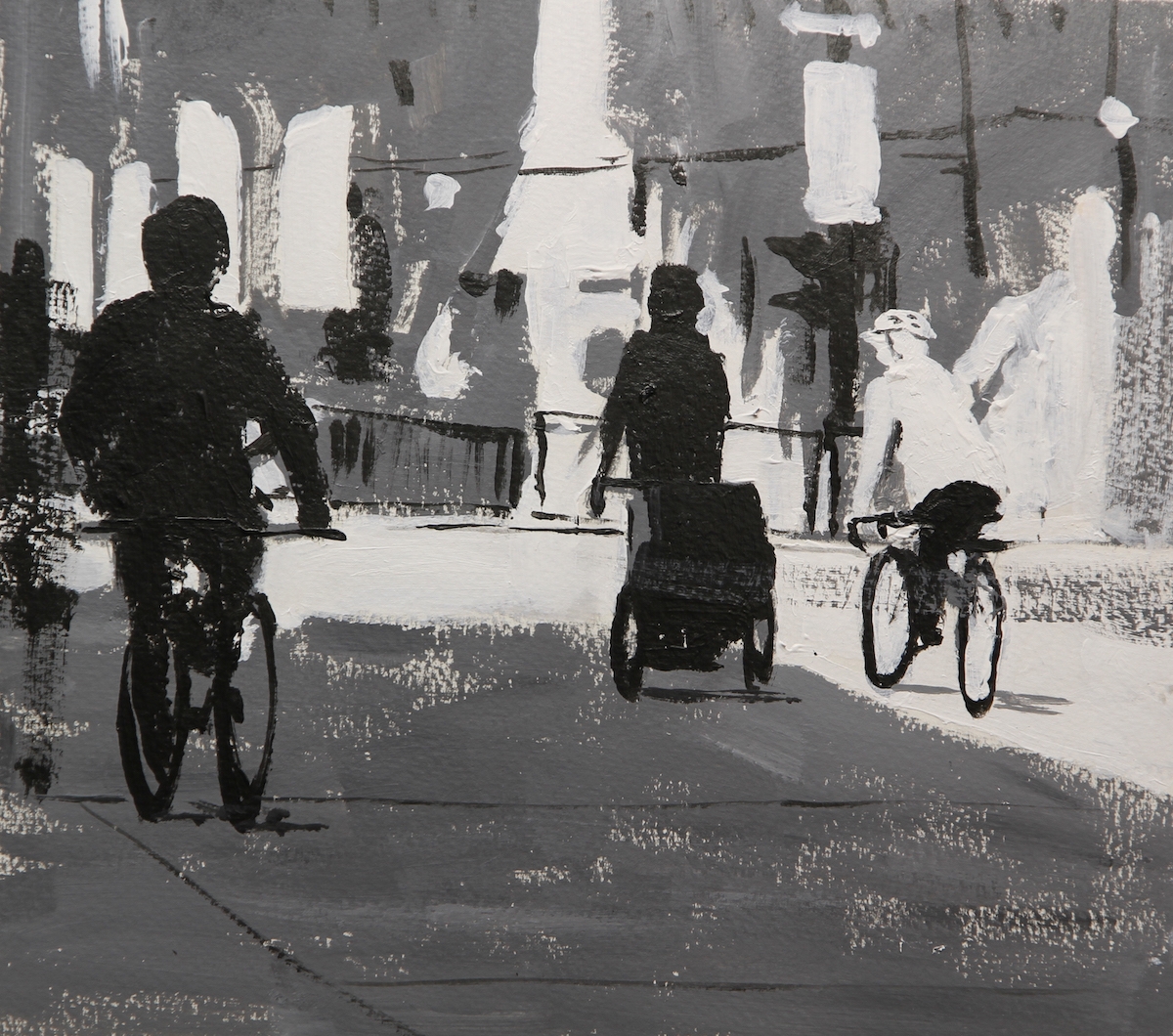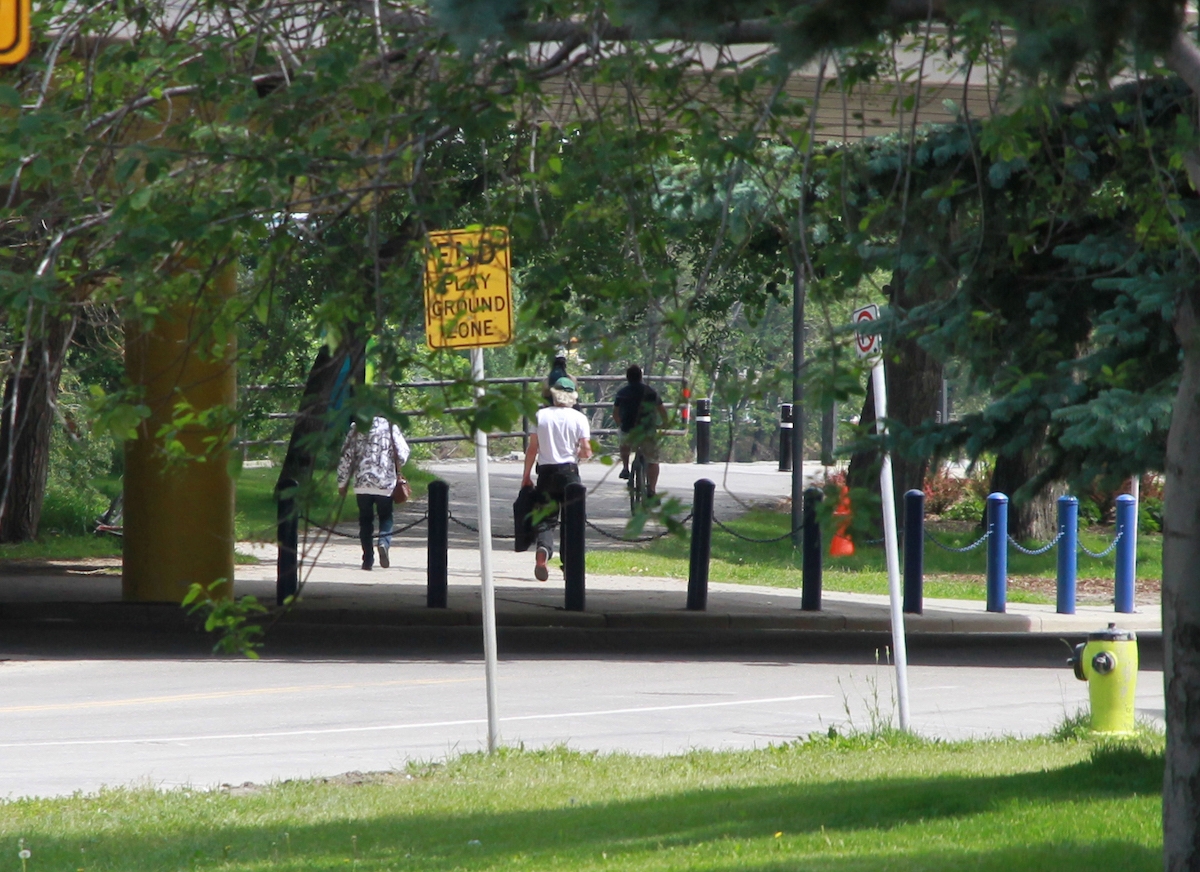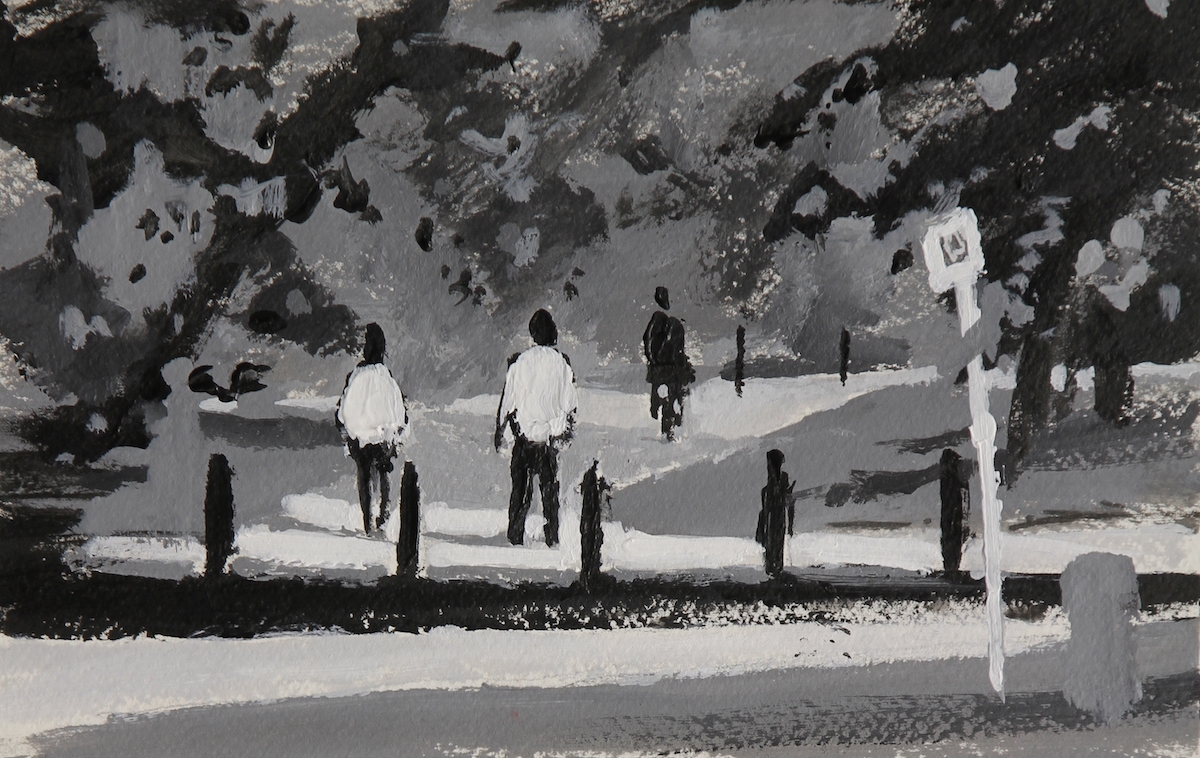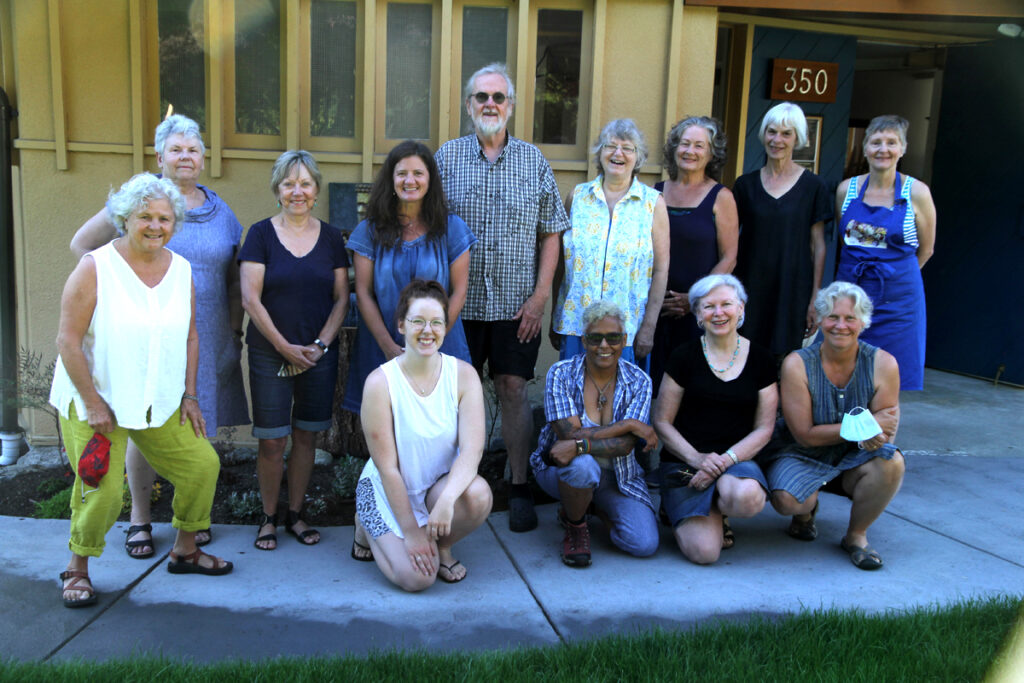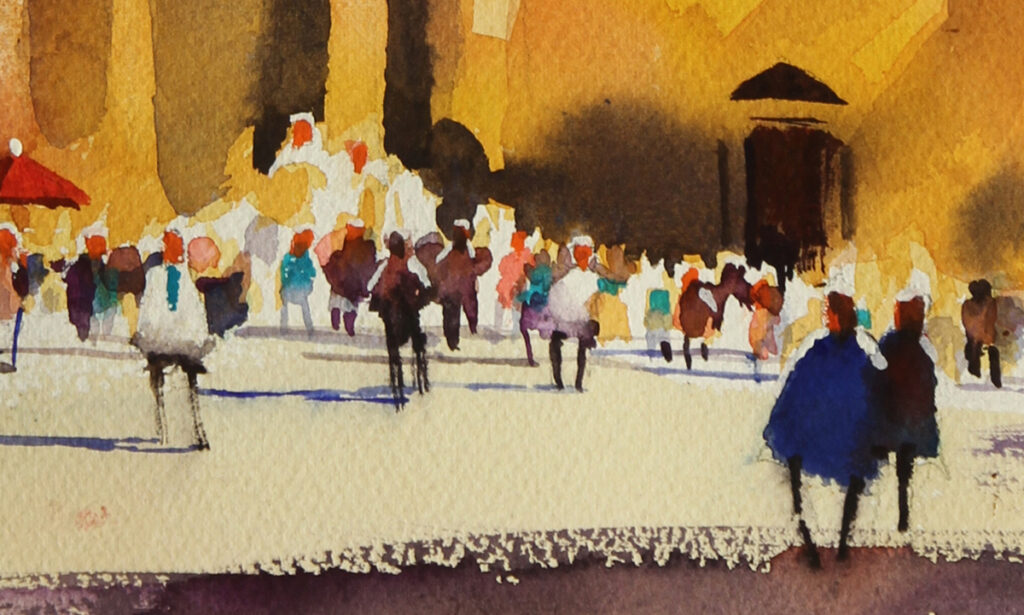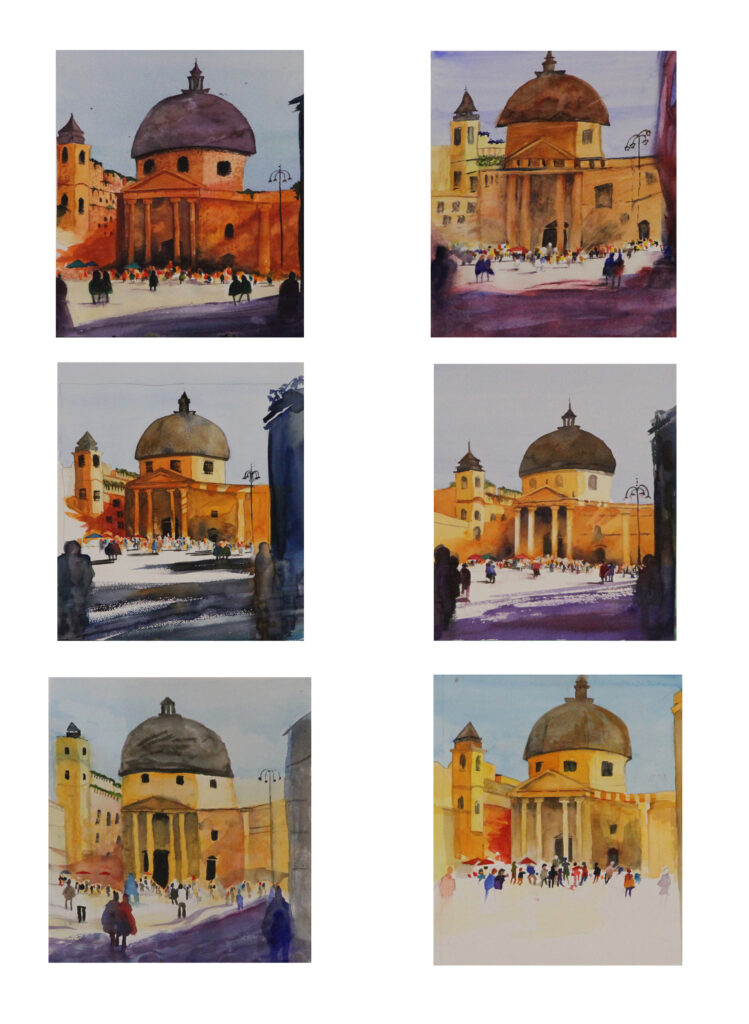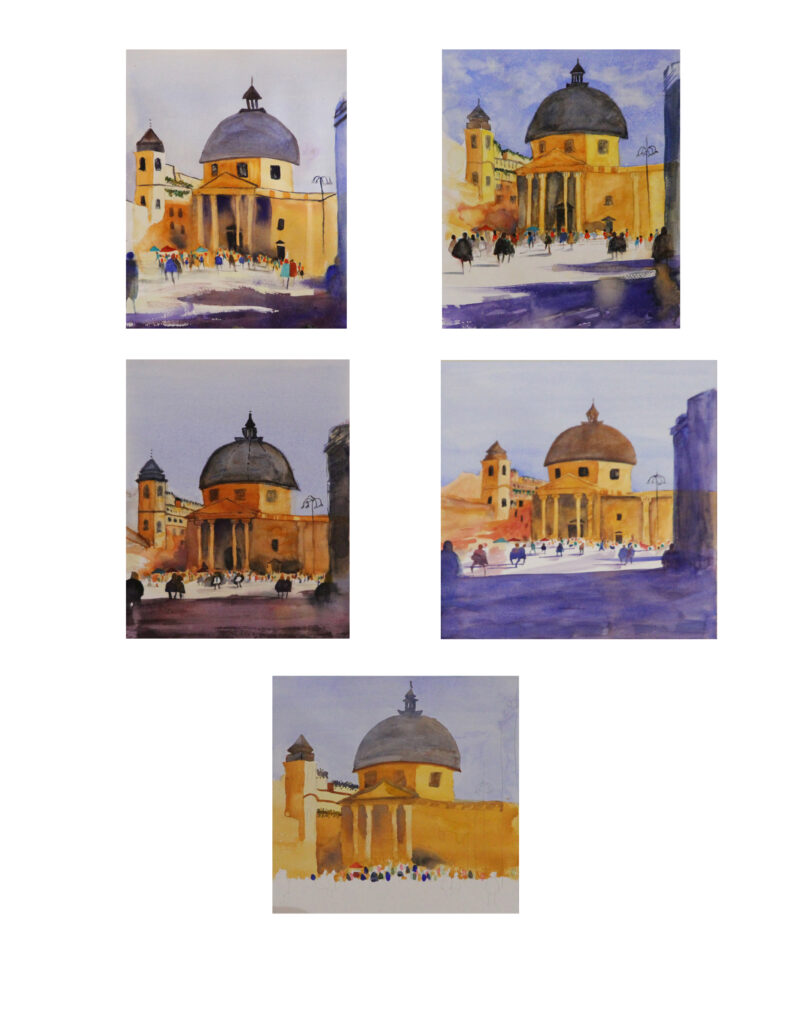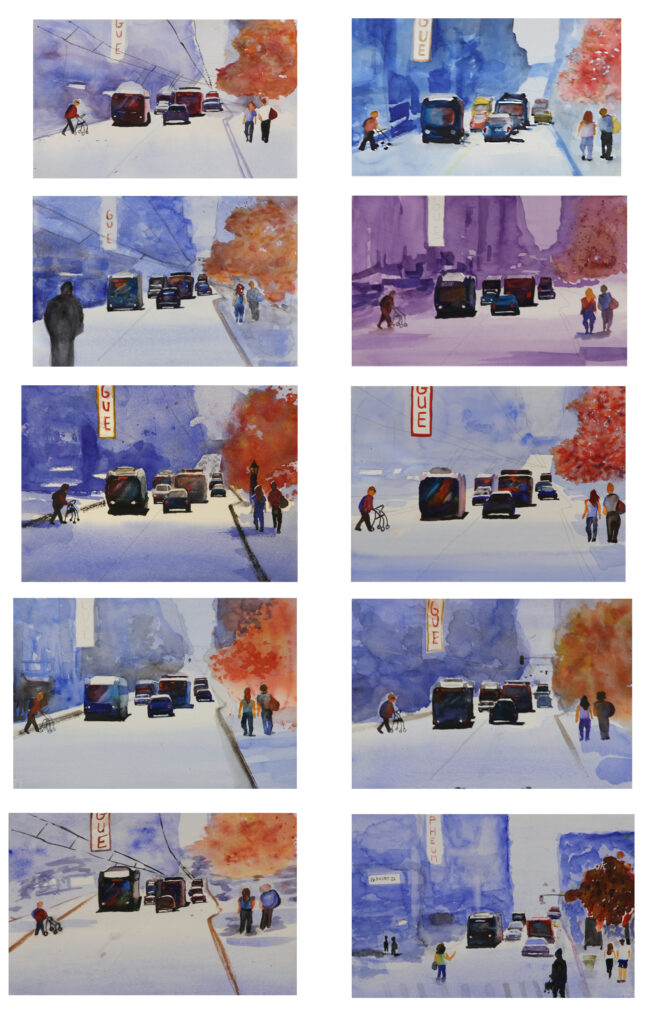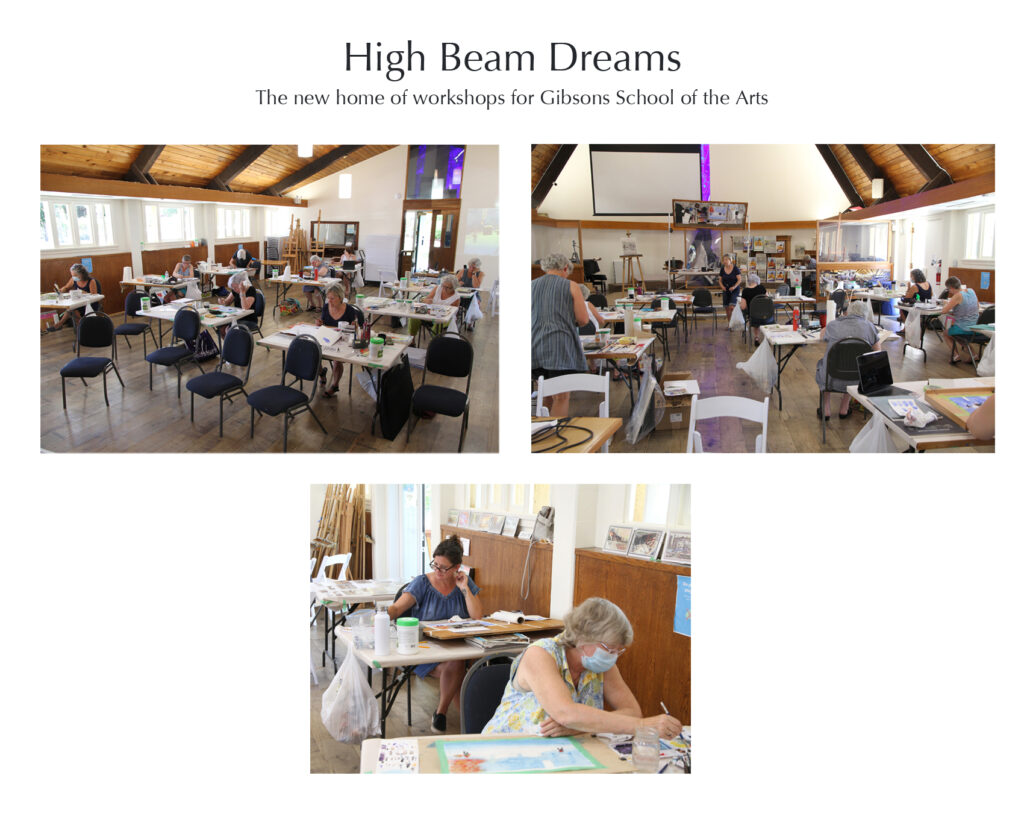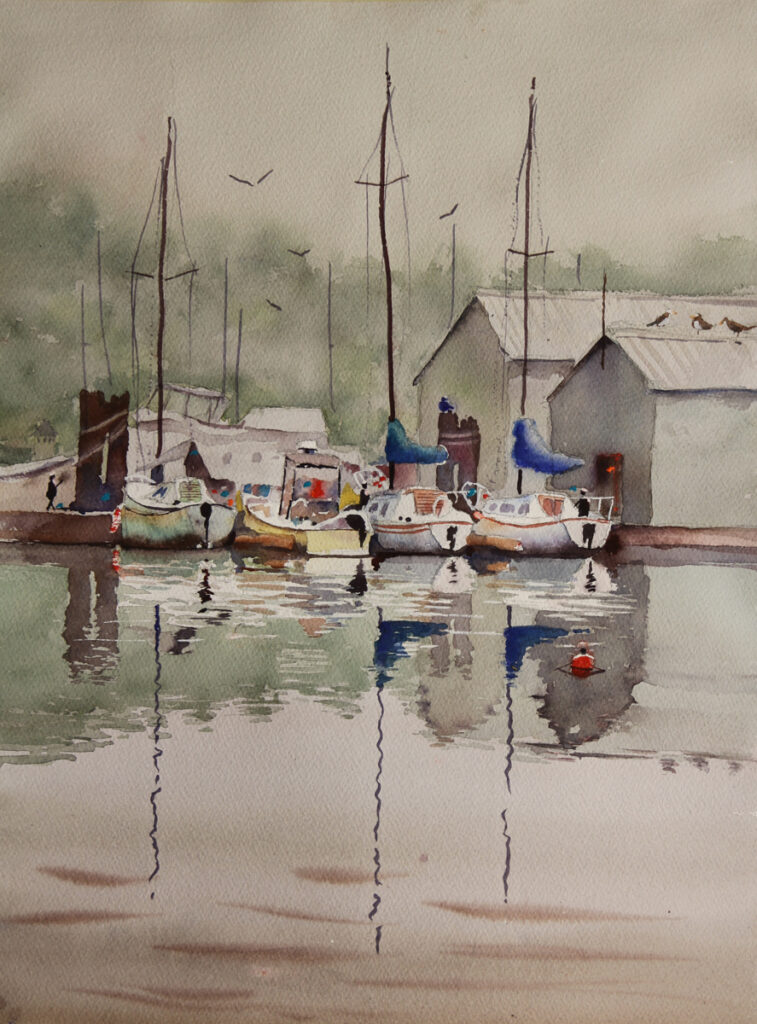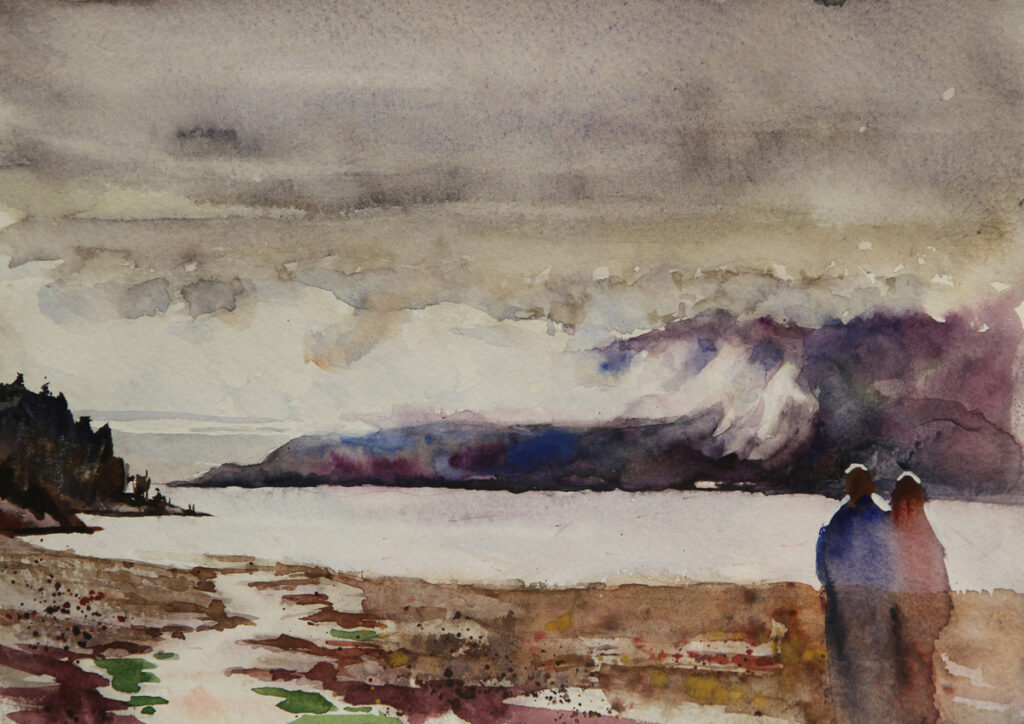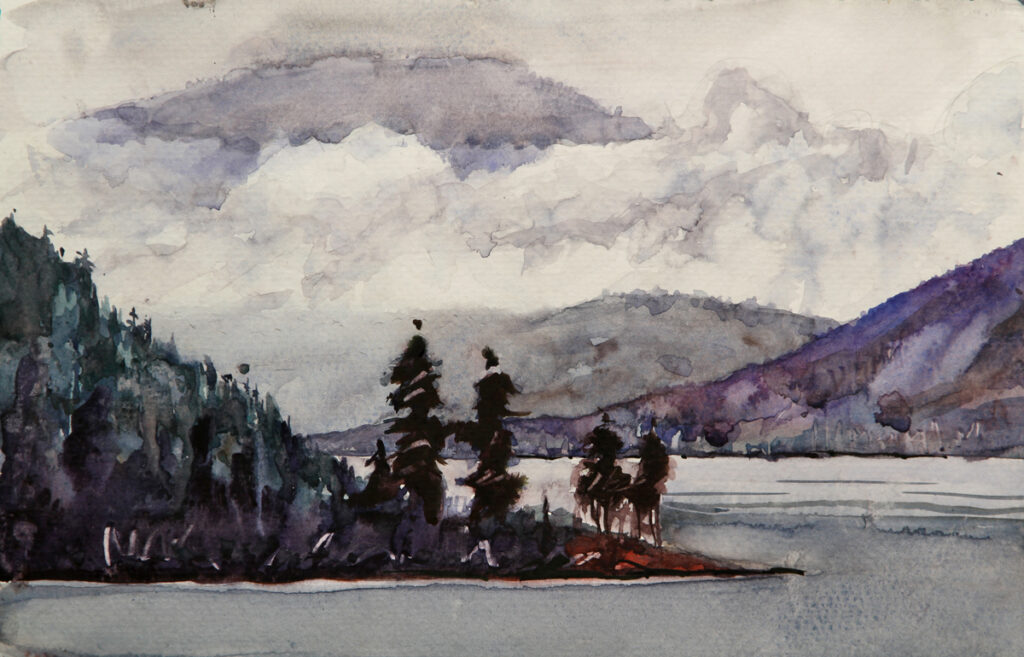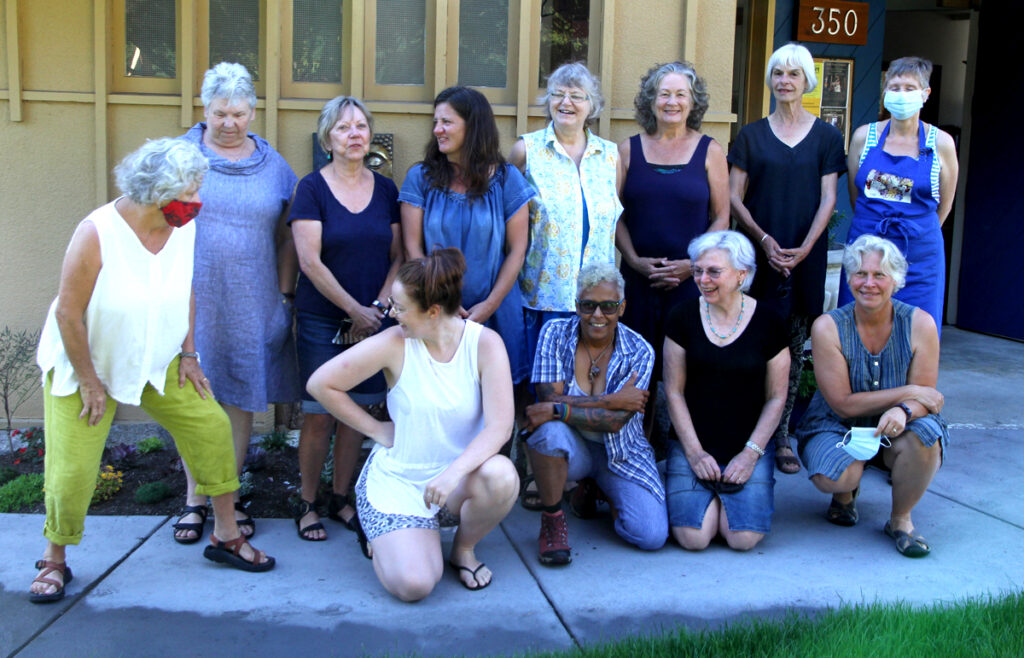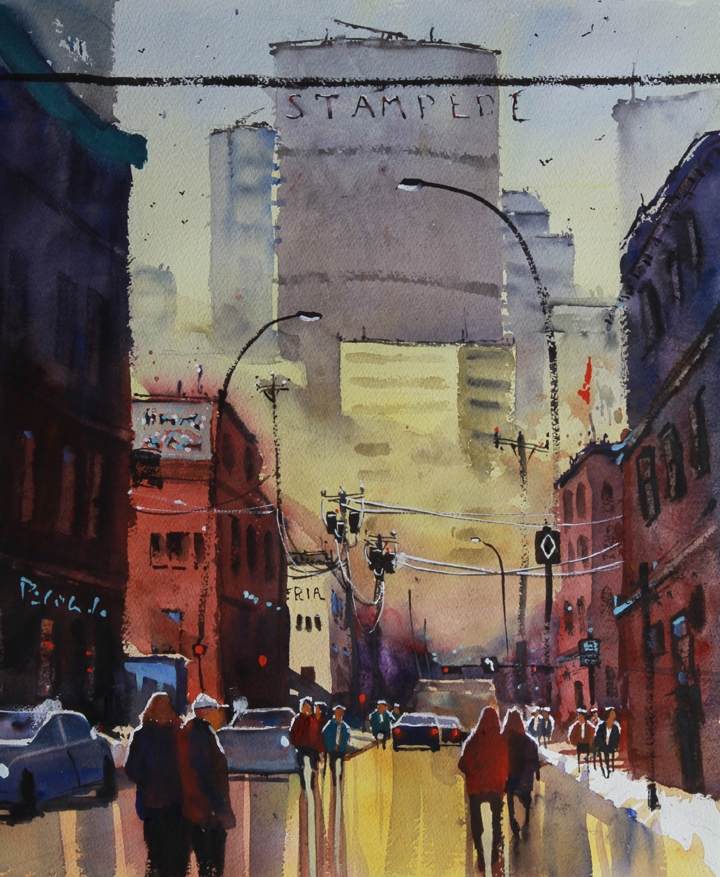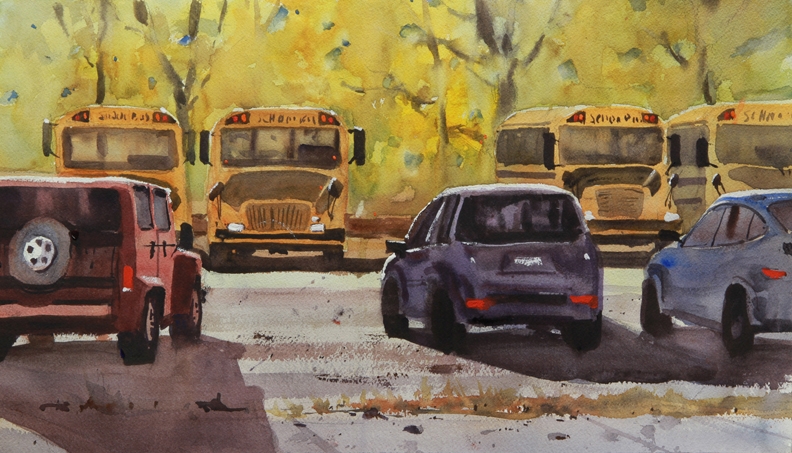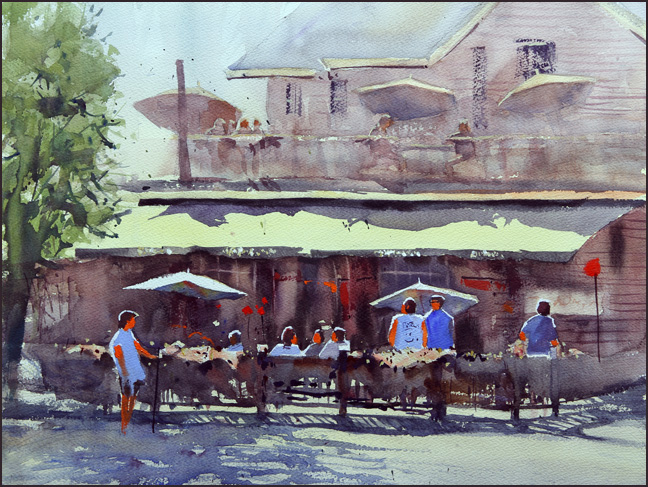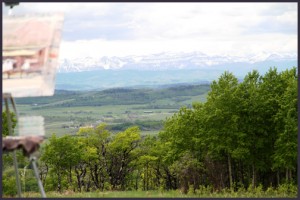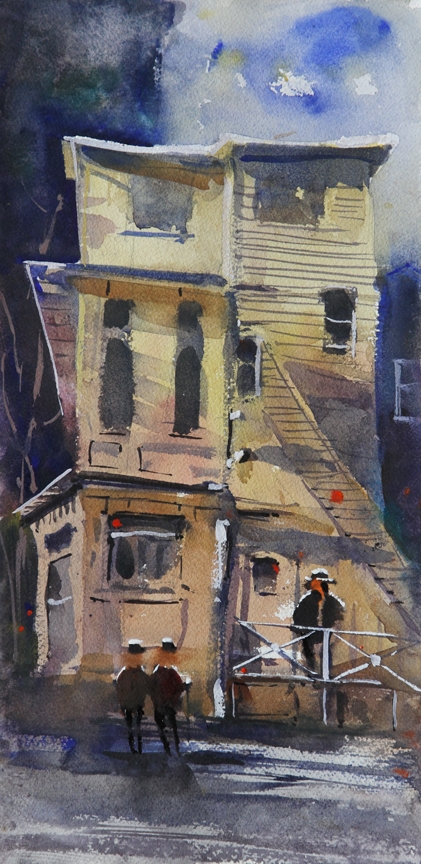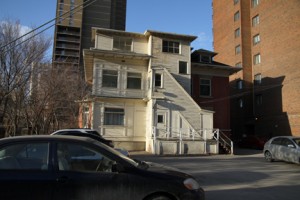I gave a workshop for the Calgary Chapter of the Federation of Canadian Artists last weekend. It was a brand new workshop for me so I was super excited to see how it would go. I’m really pleased to say that it was fabulous. It was based on some new ideas that I’ve been working on lately, namely Paint Shapes not Things. It’s a simple and very effective way to look at shapes. It helps simplify and organize the shapes. When you paint the shapes accurately you are painting the things accurately.
How to See a Subject as Two Shapes
Here are the first 2 demos I did. Both are based on seeing the subject as 2 shapes: One shape is everything in sunlight and the second shape is everything in shadow. Such a simple idea but what a difference it makes!
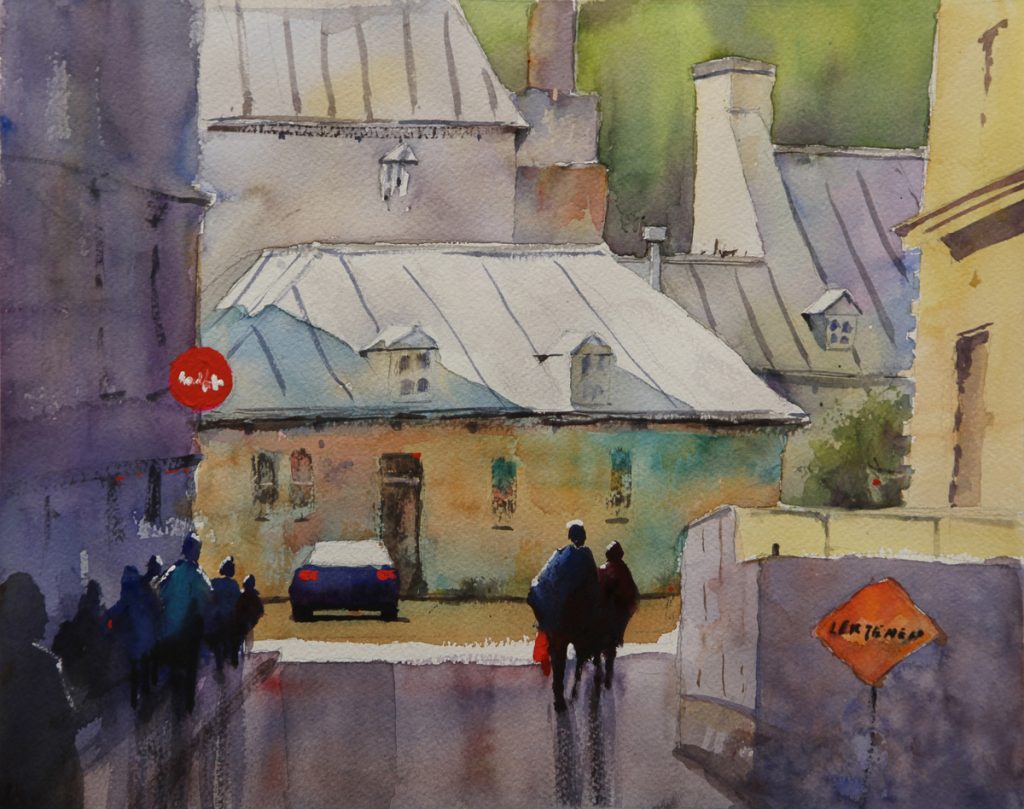
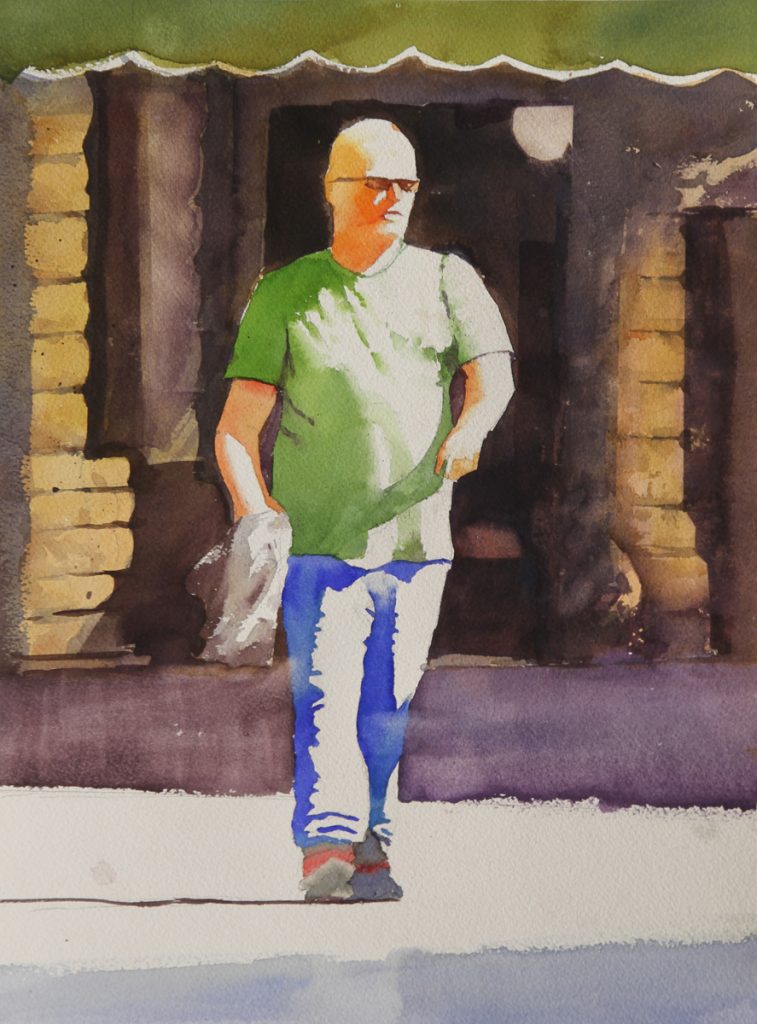
Painting When There is No Sun
This last demo is based on a subject where there is no sunlight. I have to admit that, for me, it’s the hardest to teach but the most fun. It’s a chance to play with colour and mood.
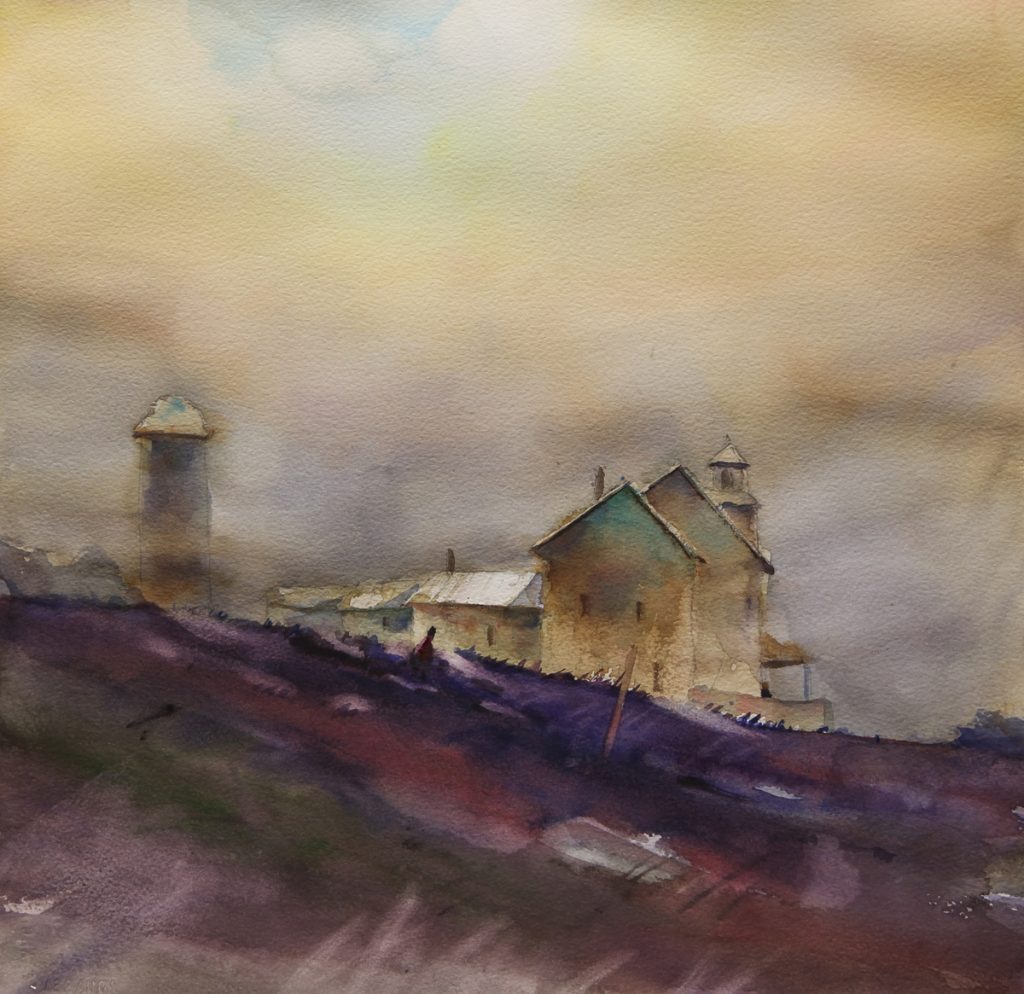
These are most of the student samples. All are works in progress.
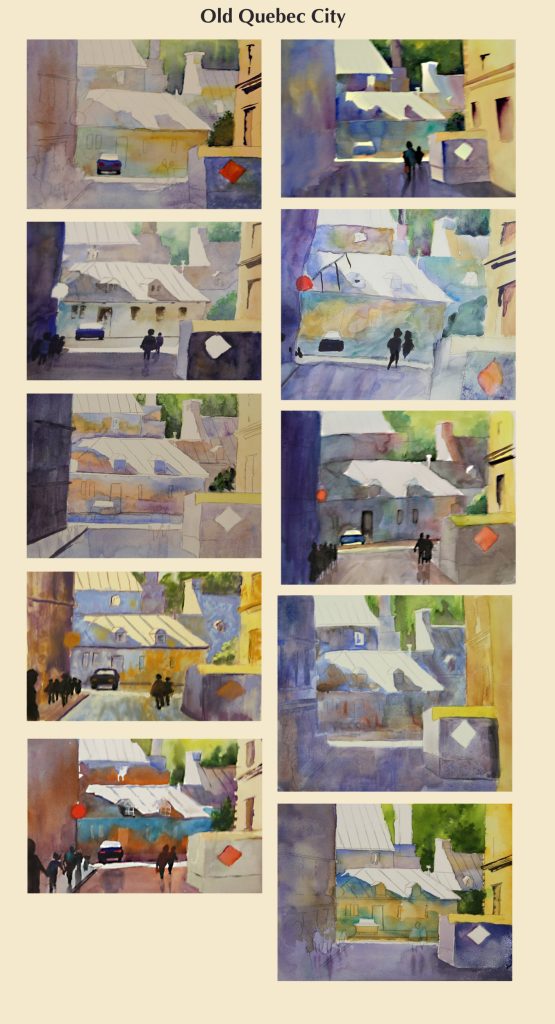
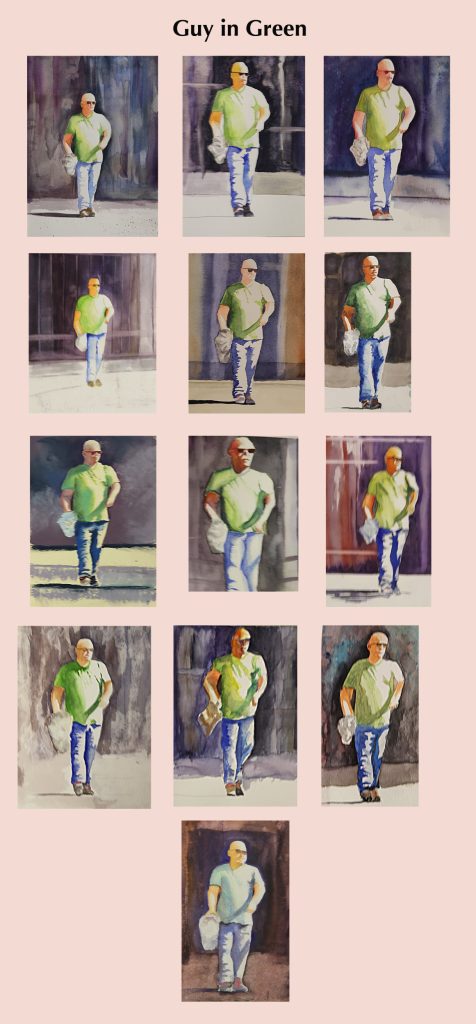
Just a note. One participant worked in pastels and it was very interesting to see the watercolour instruction converted to pastel.

A great workshop and many thanks to the FCA!



